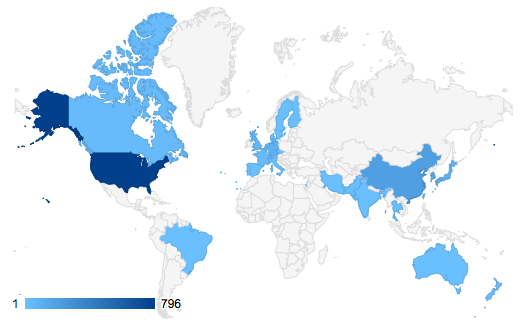1) A few students have asked us how to set up parameters for their simulations; and most of these questions was related not to PCDs but to their CT systems and objects. While we wish to help as many as possible, we have limited time and resources, and thus, wish to focus on the fundamental part of PcTK such as gen_nCovE.m and calc_nCovE_3x3pix.p. We ask junior students to consult with senior students, postdocs, and professors for the guidance.
2) We have updated notes in the two wrappers, “script_workflow_PcTK.m” and “script_workflow_PcTK_NoCorrelation.m”
(a) A correction to Note 1 on how to calculate N0, the parameter for the number of photons per projection per PCD pixel, without attenuation. We thank Lisha Yao of Southern Medical University (China) for drawing our attention to it.
- Note 1: One tube gives ~2.2*10^6 counts/(s*mA*mm^2) at 1 m away with 120 kVp (Ref. 3)
- N0 = 2.2*10^6*tc/(nprojpersec)*(dpix/1000)^2.*(1000/Rd)^2
- = 14,322.9 photons/projection/pixel through the air
- tc : tube current (mA), 600
- nprojpersec : # of projections (/s), 4000
- dpix : PCD pixel size (um), 225
- Rd : Focus-to-PCD distance (mm), 1080
(b) The information on Ref. 3. J. Cammin, J. Xu, W.C. Barber, J.S. Iwanczyk, N.E. Hartsough, and K. Taguchi, “A cascaded model of spectral distortion due to spectral response effect and pulse pileup effects in a photon-counting x-ray detector for CT,” Medical Physics, Vol. 41(4), 041905 (2014); doi: 10.1118/1.4866890.
(c) A note on the official website (pctk.jhu.edu) and “Who is us” added.
